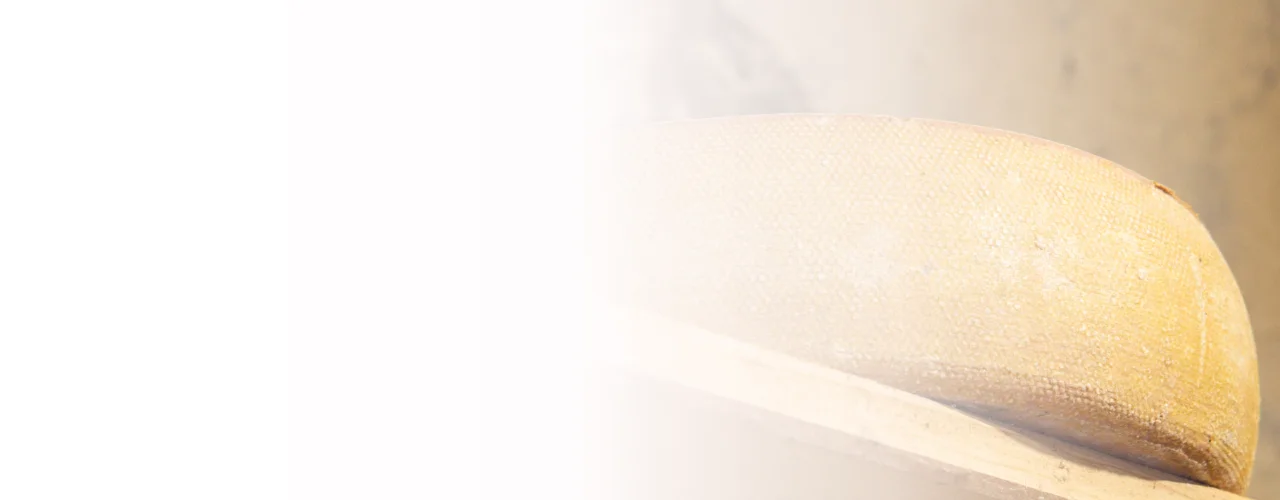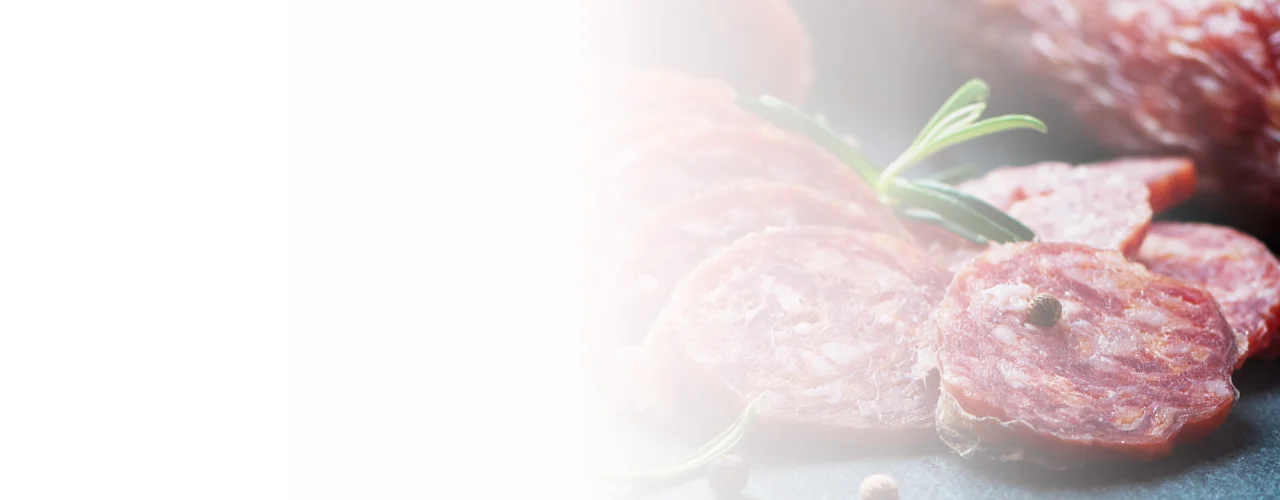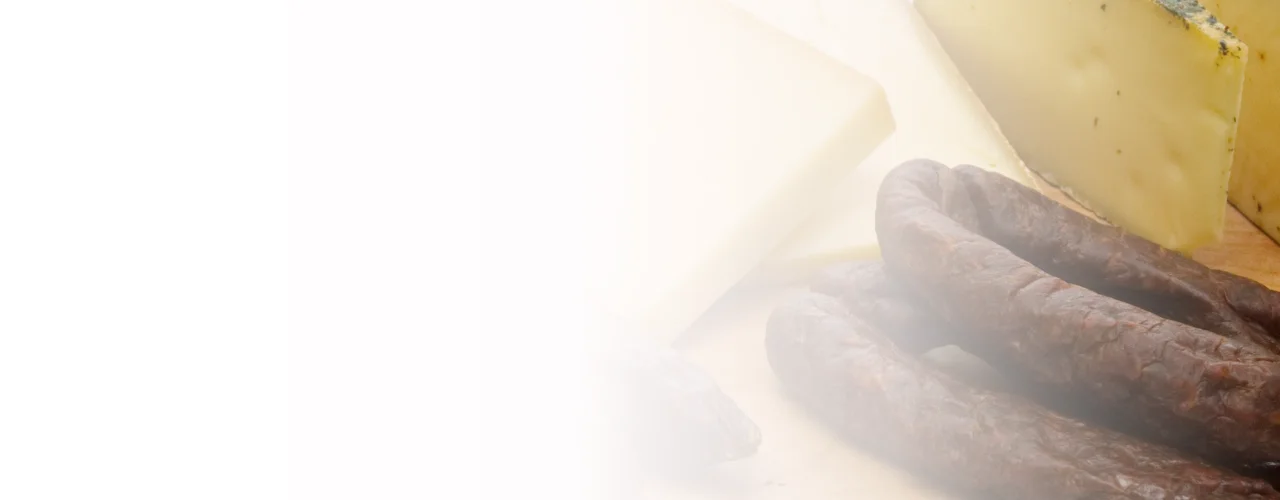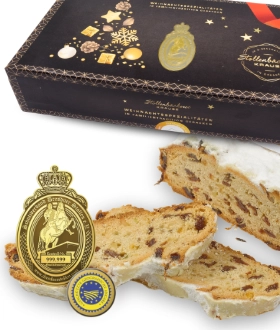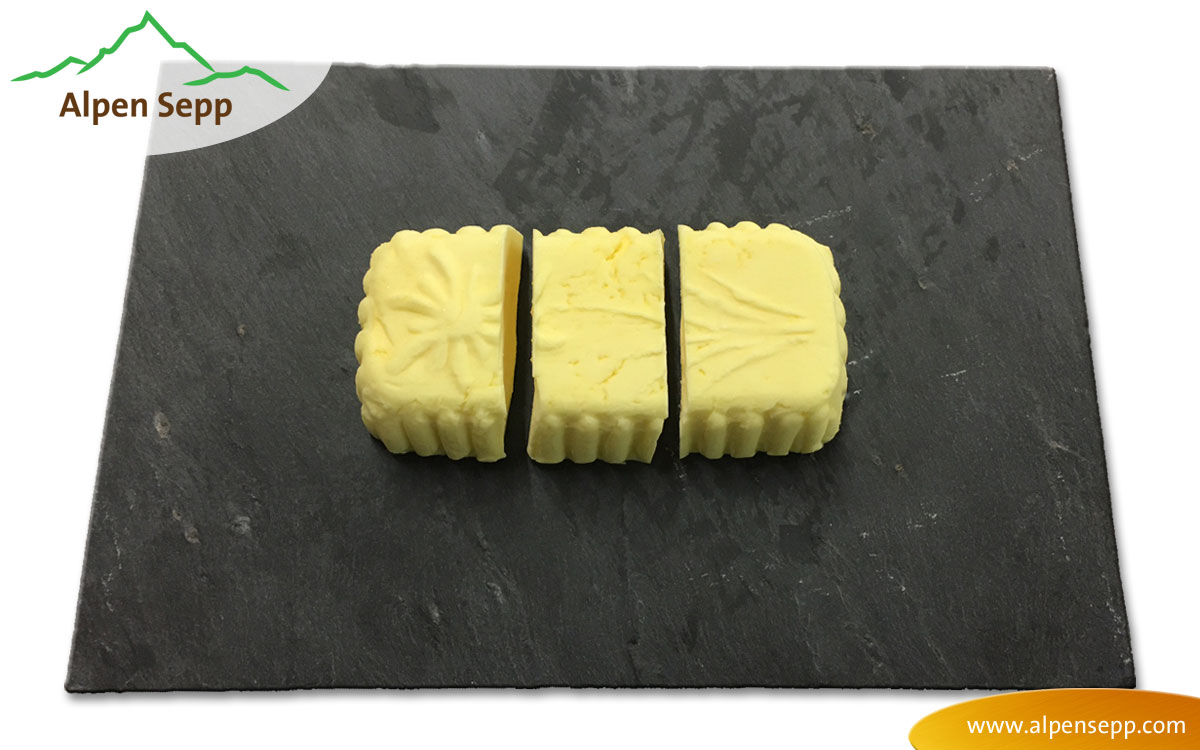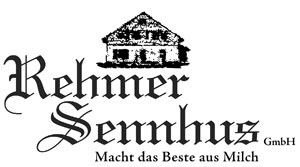News
Shelf life Tip: Storage of sweet dairy full fat butter for long enjoyment in the deep freezer compartment
Tip: The best way to store fresh dairy butter made from 100% fresh heymilk / sweet cream is to freeze it!
Here you get to the dairy butter in the shopFirst of all, we would like to thank all our customers for their feedback on our daily fresh dairy butter in our onlineThe purchase of food and cheese via the Internet. A big and very interesting topic in this area will probably be the easy and quick access to specialties such as - for examle - cheese. » More info shop. To be honest, we didn’t expect such a big response for a “simple product”.
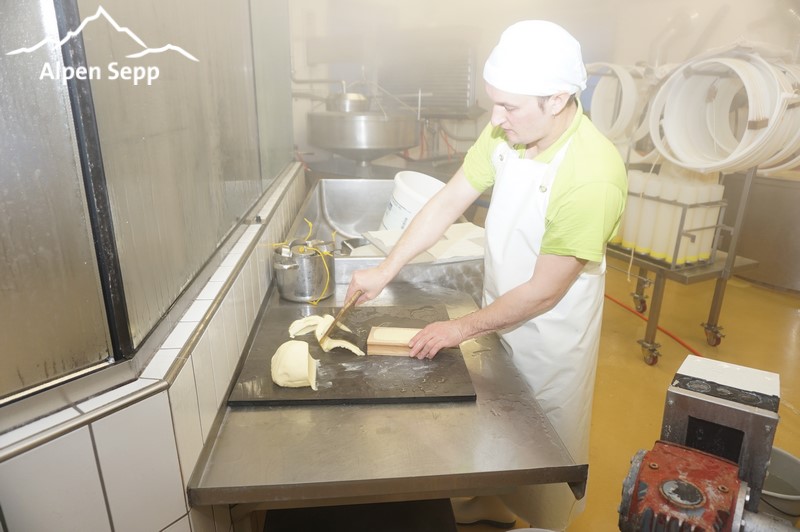
But it seems that genuine, pure milkCheese milk is the milk intended for the production of cheese, also with the concomitant use of buttermilk products, cream products, sweet whey, sour whey and whey cream (whey cream) » More info / sweet cream butter (without acidification, without wheyWhey is the watery greenish-yellow liquid that results from cheese making. » More info, without preservation or other additives made from 100% raw milkThe cheese is made from fresh milk, which was not treated at the beginning of the cheese making process (raw milk). It is almost as it comes from the cow's udder. » More info), which is actually only produced in the Alps during the summer months, quite rightly meets the taste of many customers. We are lucky to have our traditional Rehmer Sennhus alpineThe Vorarlberger Bergkäse (mountain cheese) is a regional cheese specialty from the Austrian province Vorarlberg. » More info dairy in Au, an original cheese dairy that traditionally produces daily fresh alpine dairy butter.
The naturalHere in Austria, we call our fresh, natural milk for our cheese production hay milk (hay mild standard) - in Germany it is different. » More info difference between pure sweet cream butter and industrially produced butter is that it does not last very long in the refrigeratorRipened cheese likes it cool and moist. The best is a temperature of about 8-10 ° C at about 90% humidity. » More info (approx. 14 days) and should therefore be frozen.
Our real alpine dairy butter (pure milk / sweet cream butter) matures naturally in the fridge and intensifies its taste after only a few days (but is not rancid yet!!). The easiest way to avoid this is to cut the butter blocks into 3-4 pieces and put them in the freezer. Thus the butter stays fresh and can be enjoyed fresh in small portions.
Our hay milk dairy butter from Rehmer Sennhus
HOW EVEN… Buttering. What could be more delicious than fresh alpine dairy butter on a freshly baked bread? Our dairyman Hermann Berchtold, butters according to old tradition in the butter centrifuge. Many people are amazed by the intense taste of fresh alpine dairy butter and are enthusiastic about it. Unfortunately, it is hardly available in shops.
Fat-reduced or half-fat butter is a butter-like product in which part of the fatThe dry matter refers to that portion of the cheese that remains after removal of the water contained. The more water is removed from the cheese, the lower its dry matter and vice versa. » More info has been replaced by water. Half-fat butter, for example, contains only about 40% fat and has only about half the calories of normal butter.
Due to its ingredients, taste and consistency, half-fat butter is a butter-like product with significantly less butter taste. For the production of half-fat butter, water is added with the aid of emulsifiers. This process significantly reduces the fat while maintaining the same volume of half-fat butter. Half-fat butter contains only a fat contentThe F.D.M. value related to dry matter, also depending on the water content of the cheese. The higher the water content (the more watery the cheese) the less dry matter and the less fat the cheese contains. » More info of approx. 40% and a water content of approx. 60%.
Due to the high water content, half-fat butter is not suitable for frying, for example, as the large amount of water dissolves when the half-fat butter melts and then begins to splash heavily in the hot pan. Half-fat butter is also only conditionally suitable for bakingDepending on the type of cheese, this cheese curd is then gently heated to 50-55 ° C in the copper kettle, so that the broken grain contracts further and loses even more whey, which is called "burning of the break ". » More info, as the consistency of the dough changes due to the high water content. When half-fat butter is frozen, the water forms large ice crystals, which can lead to the half-fat butter becoming muddy during subsequent defrosting.

Background on butter, butter products and composite products with butter in Austria
Source: Austrian Food Code
Butter means exclusively butter made from cow’s milk. Where milk of other animal species is used, this fact shall be indicated in the descriptionCheese packaging must have certain markings. The purpose of these markings is to protect the consumer from deception and to announce the supply of certain information about the product. » More info and the species shall be mentioned. Butter made from mixtures of milk of different animal species shall also be marked accordingly. Butter is designated as tea butter, table butter and cooking butter according to the qualityDetecting cheese defects and quality - on the cheese dough. Recognizing cheese defects requires some practice. » More info grades. Only products designated as “butter” correspond to the “tea butter quality”. Sweet cream butter, sour cream butter and mildly acidified butter can be described as such. Formulations with the same information content are permitted (e.g. acidified cream butter).
Butter is the spreadable fat of the homogeneous water-in-fat emulsion type produced exclusively from milk and by the process of continuous or batch buttering of cream (milk cream, dairy cream). Butter is normally made from pasteurised cream (generally heated to 85-110 °C). An addition of up to 2 % table salt is possible.
Butter, with the exception of salted butter, contains only water and residual amounts of non-fat dry milk solids and some air, apart from milk fat with the required minimum content of 82% by mass. Additives and aromas are not added!
- Sour cream butter is produced from fermented cream (traditional method) or from non-fermented cream using lactic acid bacteriaBacterium Linens (red culture bacteria) are brushed with salt water on the cheese. » More info culturesMold cultures are aroma-forming noble molds that grow on the surface (white noble mold) or inside a cheese (blue and green mold). » More info and concentrates or permeates obtained from them. Sweet cream butter is produced from non-fermented cream. Mild-acidified butter is produced in a continuous process from pasteurised, non-fermented cream with the aid of lactic acid bacteria cultures or lactic acid bacteria concentrates.
- Tea butter is butter of the first quality and is made from milk cream. It has a mildly acidic, aromatic taste (mildly acidified butter, sour cream butter) or an upper taste (sweet cream butter).
- Table butter is butter of the second quality grade. It may have slight sensory defects. It is made from milk cream. The addition of dairy cream is permitted.
- Cooking butter is butter of the third quality grade. It may have more pronounced sensory defects. It is made from milk cream, dairy cream or a mixture of milk cream and dairy cream.
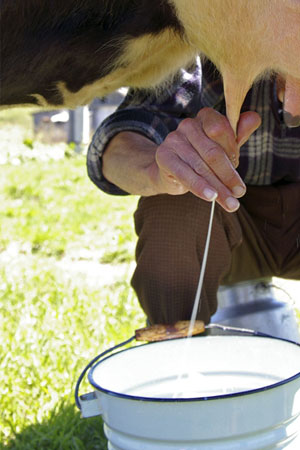
Milk spreads (three-quarter-fat butter, half-fat butter, milk spreads X % fat)
Butter with reduced fat levels is made from sweet cream butter, sour cream butter or mildly acidified butter with the addition of water and dairy products such as yoghurt, sour cream, buttermilk, etc. The butter is then processedMelting cheese is a proven process to refine and make it more durable. » More info into a butter of the same type as the butter. Food with a thickeningThe milk is pre-acidified and thickened with the help of the rennet (calf rennet, microbial labs of bacteria or pepsin). The milk coagulates and a firmer mass forms. » More info effect (e.g. gelatine, milk and whey proteins, starch, …) can be used. The use of pectin (E 440), modified starch (E 1420, E 1422, E 1440, E 1442, E 1450), locust bean gum (E 410), guar gum (E 412), carrageenan (E 407), xanthan gum (E 415) and alginates (E 401 – E 404) is possible. Citric acid (E 330), lactic acid (E 270) and malic acid (E 296) and their salts can be added as acidity regulators. Only carotene (E 160a) and riboflavin (E 101) are added as colorants.
If the fat content is less than 60 %, preservation with sorbic acid/sorbates (E 200-E 203) is permitted in accordance with Regulation (EC) No 1333/2008 as amended.
Butter with reduced fat content shall be designated as follows in accordance with Regulation (EU) No 1308/2013 Appendix II in conjunction with Part VII of Annex VII as amended:
- “Three-quarter-fat butter”: means a product with a minimum milk fat content of 60 % and a maximum milk fat content of 62 %.
- “Half-fat butter”: product with a minimum milk fat content of 39 % and a maximum milk fat content of 41 %.
- “Milk fat spread X %”: product with the following milk fat contents: less than 39 %, more than 41 % and less than 60 %, more than 62 % and less than 80 %. The fat content is indicated in the description in … % to be indicated.
The use of the terms ‘reduced-fat’ or ‘light/light’ or alternative terms shall be governed by the provisions of Regulation (EU) No 1308/2013 Annex VII, Part VII, II terminology.
Recommended consumer information: For dairy spreads with a fat content of less than 62 % it is recommended to indicate on the packaging that the product is not suitable for frying.











